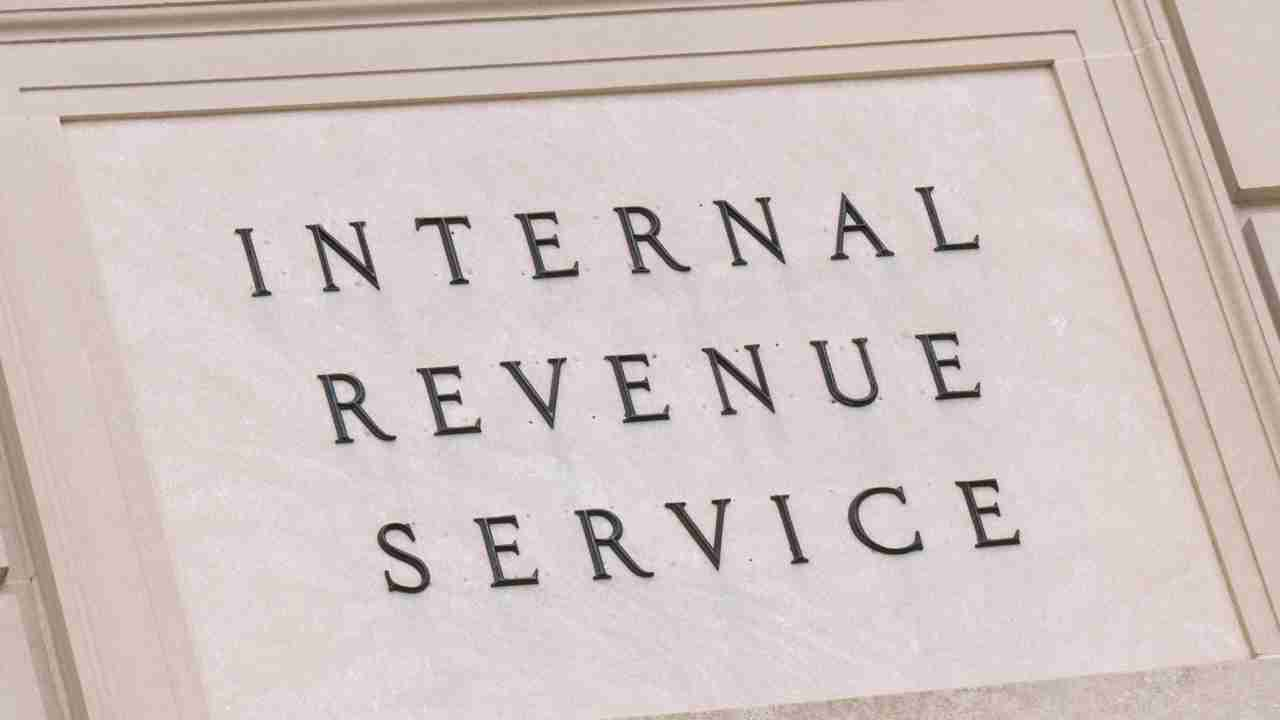The Child Tax Credit, managed by the Internal Revenue Service (IRS), is a financial relief program designed to support families with children under the age of 17. This tax benefit allows millions of parents to lower their tax obligations or receive a partial refund, easing the financial burden of raising children. This article explains how the credit works, who qualifies, and when you can apply.
You can claim the credit annually when filing your tax return. This means that during tax season (January to April), you can apply for the credit for the previous tax year. For instance, in 2025, you will be able to claim the credit for 2024. However, the financial benefits will be reflected in the 2026 tax year. The IRS has stated that the credit amount for 2025 will remain at $1,700 per eligible child, with no changes to the amounts.
What is the Child Tax Credit
The Child Tax Credit is a tax benefit aimed at families with children under 17 years old. Its primary purpose is to reduce the amount of taxes parents owe to the IRS. The credit can be used in two ways:
- Tax reduction: If you owe taxes to the IRS, the credit directly reduces the amount you owe. For example, if you owe $5,000 and qualify for a $1,700 credit per child, your tax liability would decrease to $3,300.
- Partial refund: If the credit exceeds your tax liability, you may receive the remaining amount as a refund.
Eligibility requirements
To qualify for this benefit, specific criteria must be met:
- Child’s age: The child must be under 17 years old at the end of the tax year and must not have worked.
- Family relationship: The child must be your direct descendant, such as biological, adopted, stepchild, grandchild, or niece/nephew.
- Residency: The child must have lived with you for at least six months during the year, with certain exceptions.
- Dependency declaration: The child must be claimed as a dependent on your tax return and cannot file a joint return unless under specific circumstances.
- Financial responsibility: You must have covered at least half of the child’s living expenses during the year.
- Citizenship: The child must be a U.S. citizen, national, or resident with a valid Social Security number.
- Income limits: Parents must meet certain income thresholds, as the credit gradually decreases as income rises.
Key considerations about the credit
There are a few essential points to keep in mind regarding the Child Tax Credit:
- Not fully refundable: The credit is primarily designed to reduce owed taxes. In some cases, any excess amount may be refunded.
- Widespread impact: Approximately 48 million individuals are expected to benefit from this program.
- No imminent changes: The IRS has stated that there will be no adjustments to this benefit for 2025. Any updates will be communicated through official channels.
How to prepare to claim the credit
To make the most of this tax benefit, follow these steps:
- Gather necessary documentation: Ensure you have all documents verifying the child’s age, relationship, and residency.
- Consult a tax advisor: If you have questions, a tax professional can help optimize your filing and ensure you meet the requirements.
- Review your income: Familiarize yourself with the applicable income limits to determine your eligibility.
The Child Tax Credit is a valuable tool for reducing the financial strain on families with children under 17. With a fixed amount of $1,700 per eligible child and clear eligibility criteria, this benefit can make a significant difference in family finances. Keep your documentation updated, stay aware of key dates, and ensure you claim what you’re entitled to in order to maximize this crucial tax support.
Source:
- https://www.irs.gov/credits-deductions/individuals/child-tax-credit
- https://www.irs.gov/credits-deductions/individuals/refundable-tax-credits







